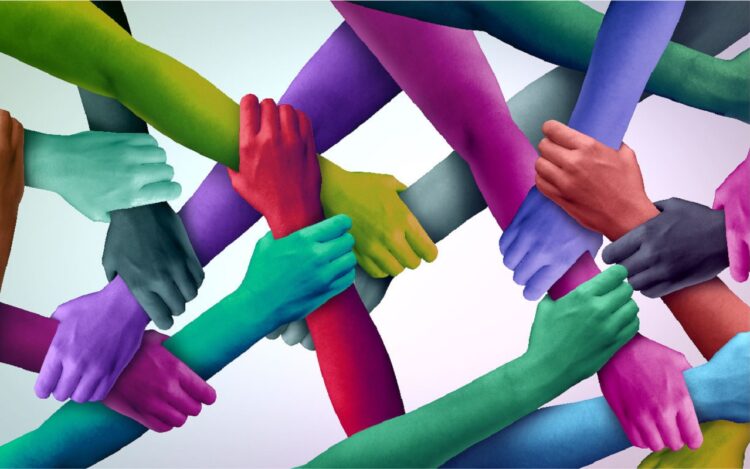Diversity and inclusion, the dynamic duo that holds the potential to transform communities, are not mere buzzwords. They are catalysts for positive change, forging stronger bonds and fostering a sense of belonging for all.
Embracing the power of Variety and Incorporation leads to vibrant societies where everyone’s unique perspectives are celebrated. Through active participation and collaboration, we can create a harmonious tapestry of voices, experiences, and cultures.
In this article, we will explore the profound impact of Multiformity and Integration on building stronger communities together, unlocking the true potential of a united society.
The Benefits of Diversity and Inclusion
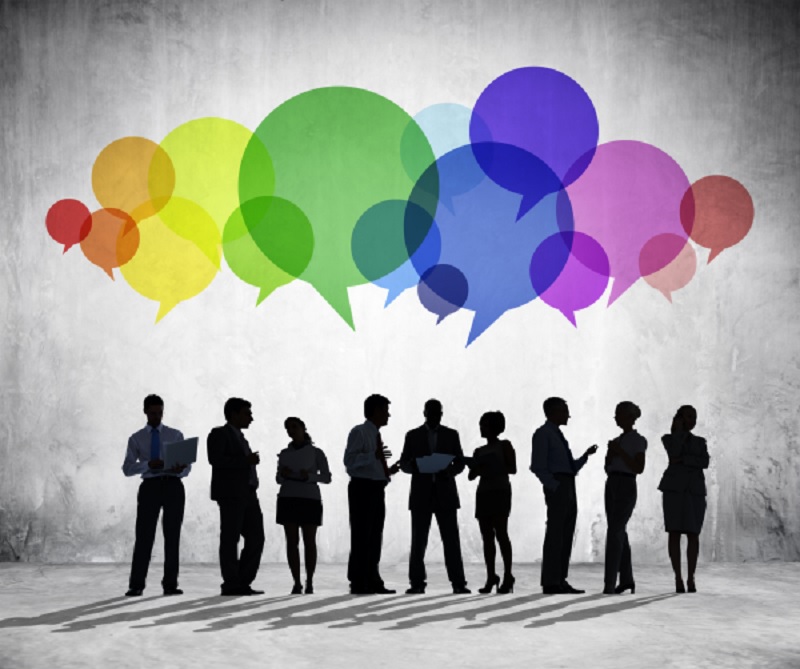
Diversity and inclusion offer a multitude of advantages, driving positive change and growth within communities. Embracing diversity allows for the integration of various perspectives and experiences, leading to increased creativity and innovation.
Furthermore, Multiformity and Integration foster improved problem-solving and decision-making capabilities by incorporating a broad range of insights and approaches.
By welcoming individuals from different backgrounds, cultures, and identities, diverse teams bring together a wealth of knowledge and ideas, leading to breakthrough solutions and unique approaches to challenges. Additionally, the inclusion of diverse perspectives enhances adaptability and resilience in the face of change.
When diverse voices are valued and included, teams become more adept at navigating complex situations, adapting to new circumstances, and overcoming obstacles. Moreover, Variety and Incorporation provide organizations and communities with a deeper understanding of the needs and preferences of diverse populations.
By actively engaging individuals from different backgrounds, organizations gain valuable insights into the experiences and requirements of diverse communities, enabling them to develop products, services, and policies that are more inclusive and responsive. Ultimately, Multiplicity and Encompassing contribute to the creation of stronger, more cohesive communities.
When individuals from various backgrounds and cultures are welcomed and included, a sense of belonging and collective ownership is fostered, creating a community that celebrates and benefits from its diverse members.
In summary, the benefits of diversity and inclusion extend beyond individual organizations; they positively impact society as a whole. By embracing diversity and fostering inclusion, communities can harness the power of collective wisdom, creativity, and resilience, leading to greater harmony, progress, and a shared sense of accomplishment.
Building Inclusive Communities

Building inclusive communities is a crucial step toward harnessing the power of diversity and inclusion. By creating a welcoming and safe environment for all individuals, communities can foster a culture of respect, acceptance, and belonging. Additionally, promoting equal opportunities for participation and representation is key to ensuring inclusivity.
When every member of a community feels valued and included, diverse perspectives are embraced, leading to enriched dialogue, collaboration, and ultimately, stronger outcomes.
Recognizing and celebrating the unique characteristics, backgrounds, and cultures of individuals fosters a sense of belonging and contributes to a vibrant community fabric. Creating inclusive communities also involves addressing systemic barriers and biases that hinder equal access.
Communities must actively work to remove barriers that prevent certain individuals or groups from fully participating and accessing resources and opportunities. Emphasizing representation and participation from diverse groups further enhances inclusivity.
By encouraging and promoting diverse representation in decision-making processes, community organizations can ensure that a broad range of voices and perspectives are heard and valued. Moreover, education and awareness play a crucial role in building inclusive communities.
Providing opportunities for education and fostering awareness about diversity, inclusion, and cultural competency helps community members develop an understanding and appreciation for different perspectives and experiences. Ultimately, building inclusive communities requires a collective effort and ongoing commitment.
Through collaboration among community members, organizations, and leaders, sustainable practices and policies can be implemented to foster a truly inclusive environment where diversity is celebrated, and everyone feels a sense of belonging.
In conclusion, building inclusive communities is a powerful way to unlock the true potential of diversity and inclusion. By creating an environment that values and embraces diversity, communities can tap into a vast array of talents, perspectives, and ideas, leading to stronger connections, shared prosperity, and a more harmonious society.
Promoting Equality and Equity
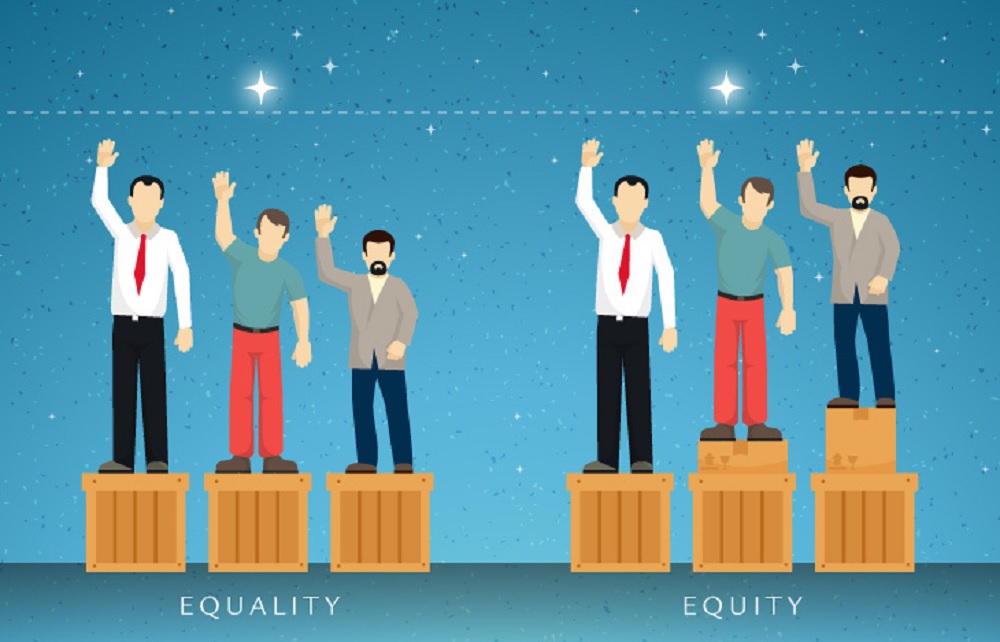
Promoting equality and equity is an integral part of fostering range and embracing within communities. It involves actively addressing systemic biases and discrimination to ensure fair access to resources and opportunities.
Creating a society that values diversity requires dismantling barriers and closing the gender, racial, and socioeconomic gaps.
By implementing inclusive policies and practices, communities can provide a level playing field, allowing individuals from all backgrounds to thrive.
Promoting equality means challenging and changing structures that perpetuate inequality and providing support for marginalized groups.
Through education and awareness, communities can foster empathy and understanding, working towards a more equitable and inclusive society.
Ensuring equal representation and participation in decision-making processes is crucial for creating a diverse and inclusive community.
Promoting equality and equity is an ongoing effort that requires commitment and collaboration from all members of the community.
By striving for equality and equity, communities can create a more just and inclusive society where everyone has the opportunity to succeed.
Harnessing the Power of Collaboration
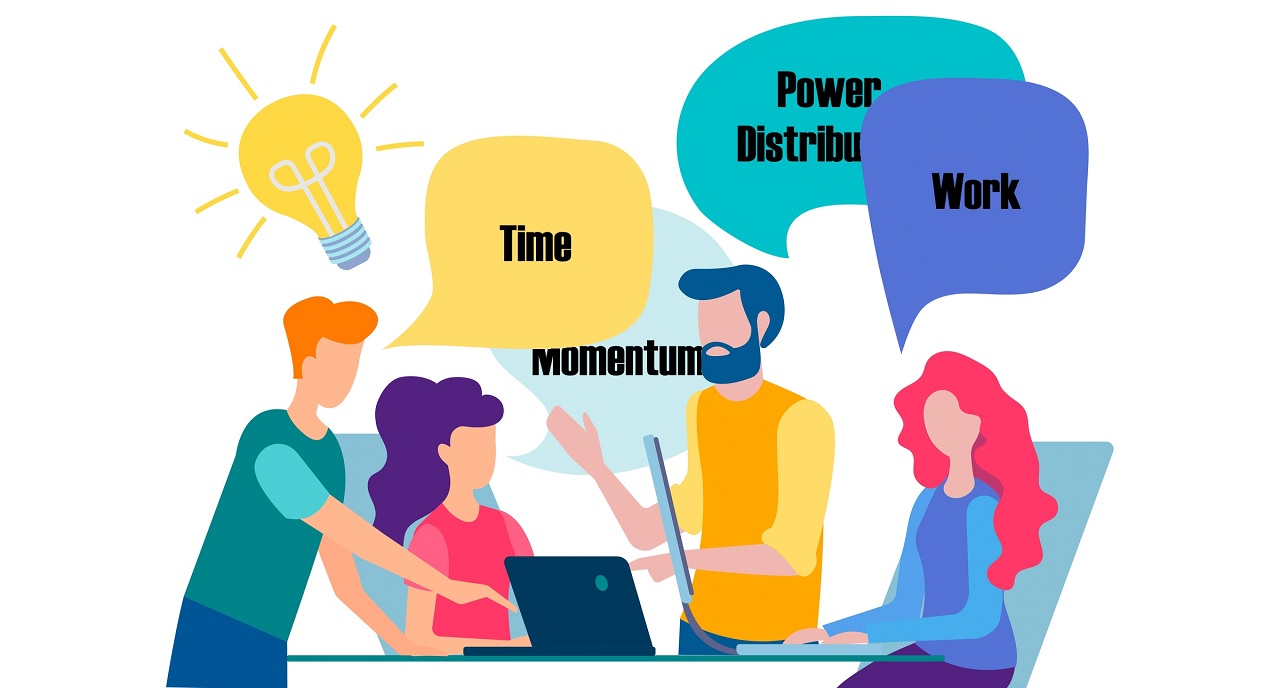
Harnessing the power of collaboration is essential in maximizing the benefits of assortment and comprehension within communities. By bringing together individuals from diverse backgrounds, cultures, and disciplines, collaboration becomes a catalyst for innovation and understanding.
Collaboration enables the sharing of unique perspectives, experiences, and expertise, leading to creative solutions and breakthrough ideas.
When diverse voices come together, it fosters a sense of collective ownership and a shared commitment to the community’s success.
Collaborative efforts build bridges and foster mutual respect and appreciation among individuals from different backgrounds.
Working collaboratively, diverse teams can leverage their collective strengths and talents, leading to greater productivity and efficiency.
Collaboration facilitates open communication, encourages active listening, and promotes a culture of inclusivity and collaboration.
By embracing collaborative practices, communities can tap into the collective intelligence and creativity of their members, resulting in stronger, more sustainable outcomes.
Collaboration also encourages the exploration of new possibilities and the development of innovative approaches to complex challenges.
Through collaborative efforts, communities can build networks, partnerships, and alliances that promote Heterogeneity and integration across various sectors.
Harnessing the power of collaboration enables communities to harness the full potential of diversity, leading to stronger connections, improved problem-solving, and a more united and resilient community.
By fostering a collaborative culture, communities can truly harness the power of diversity and inclusion to drive positive change and build a stronger and more inclusive society.
Building Bridges and Breaking Barriers

Building bridges and breaking barriers are essential steps in fostering diversity and inclusion within communities. It involves creating connections, promoting understanding, and dismantling obstacles that hinder inclusivity.
By fostering open dialogue and promoting empathy, communities can bridge gaps and foster connections between individuals from diverse backgrounds.
Breaking barriers means challenging stereotypes, biases, and discrimination that create divisions within society.
Through education and awareness, communities can promote understanding, empathy, and cultural competency, breaking down barriers of ignorance and prejudice.
Building bridges requires active engagement and collaboration among individuals, organizations, and community leaders to create a sense of belonging and shared responsibility.
By creating inclusive spaces and opportunities for interaction, communities can foster relationships and build trust among diverse groups.
Breaking barriers involves addressing systemic inequalities and ensuring equal access to resources, services, and opportunities for all.
Building bridges also means embracing intersectionality, and recognizing the multiple dimensions of identity and experiences that individuals bring to the community.
By embracing diversity and inclusivity, communities can break down barriers and create environments that celebrate and appreciate the richness of differences.
Building bridges and breaking barriers require ongoing commitment and effort from all community members to create a more inclusive and equitable society.
Through these collective efforts, communities can create an environment where everyone feels valued, respected, and empowered to contribute their unique perspectives and talents.
Diversity and Inclusion in the Workplace
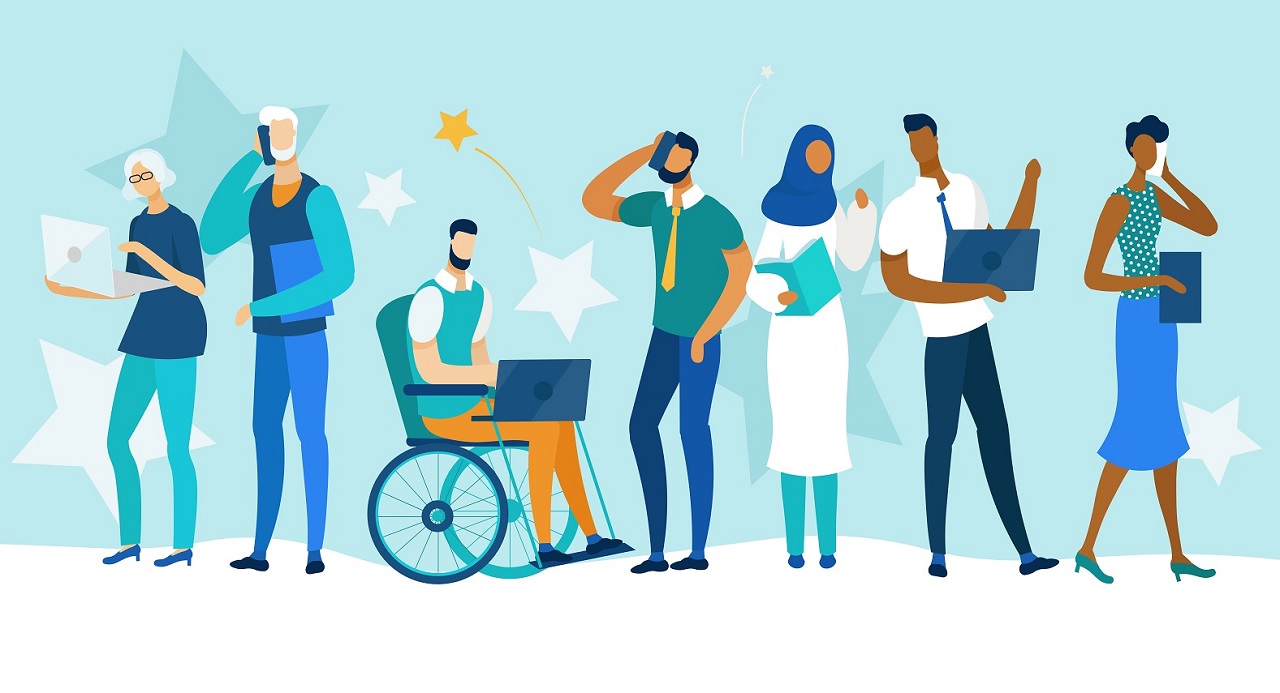
Diversity and inclusion in the workplace are vital for fostering innovation, productivity, and positive work culture.
Embracing diversity means recognizing and valuing the unique qualities and perspectives that individuals bring to the workplace.
Inclusive workplaces create an environment where all employees feel respected, valued, and empowered to contribute their best.
Diverse teams bring a wide range of experiences, skills, and ideas, leading to more creative problem-solving and better decision-making.
Inclusive practices promote equal opportunities, ensuring that all employees have a fair chance to succeed and advance in their careers.
By fostering a culture of inclusion, workplaces can attract and retain top talent from diverse backgrounds.
Variety and Incorporation in the workplace also contribute to a more positive and supportive work environment, promoting employee engagement and satisfaction.
Embracing diversity in hiring practices leads to a more diverse workforce, which reflects the diverse customer base and society at large.
Inclusive workplaces prioritize ongoing education and training to promote cultural awareness and sensitivity among employees.
By creating diverse and inclusive workplaces, organizations can tap into the full potential of their employees and drive innovation and growth.
In summary, Variety and Embracing in the workplace create a strong foundation for success, fostering a culture of collaboration, creativity, and equality.
Creating Inclusive Educational Institutions

Creating inclusive educational institutions is essential for promoting diversity, equity, and inclusion among students, faculty, and staff.
Inclusive educational institutions value and celebrate the diversity of their student body, embracing individuals from various backgrounds and cultures.
By fostering an inclusive environment, educational institutions create a sense of belonging, where all students feel respected, supported, and valued.
Inclusive educational institutions prioritize equal access to quality education for all students, regardless of their socioeconomic status, race, gender, or abilities.
Diverse and inclusive classrooms provide opportunities for students to learn from different perspectives and experiences, promoting empathy and understanding.
Inclusive institutions actively address biases and discrimination, creating a safe and supportive space for students to express their authentic selves.
By promoting diversity in their faculty and staff, educational institutions provide role models and mentors that reflect the diverse student body.
Inclusive educational institutions incorporate culturally responsive teaching methods, curricula, and resources that recognize and honor diverse identities and experiences.
Creating inclusive spaces within educational institutions also involves engaging families, communities, and stakeholders in the process of fostering diversity and inclusion.
By embracing diversity and inclusion, educational institutions prepare students for the multicultural and globalized world they will navigate in the future.
In conclusion, creating inclusive educational institutions is essential for nurturing students’ holistic development, fostering a sense of belonging, and preparing them to thrive in diverse and inclusive societies.
Strengthening Communities Through Multiplicity and Encompassing

Multiplicity and Encompassing are powerful tools for strengthening communities, fostering social cohesion, and promoting collective well-being.
Embracing diversity brings together individuals with different perspectives, skills, and strengths, creating a vibrant community fabric.
Inclusive communities value every member, recognizing that their diverse contributions enrich the collective experience and foster a sense of belonging.
Diverse communities are more resilient, as they can draw upon a wider range of knowledge and resources to address challenges and seize opportunities.
Inclusive communities promote social justice and equality, advocating for the rights and well-being of all individuals, regardless of their background.
By embracing Multiplicity and Encompassing, communities can break down barriers, bridge divides, and foster mutual understanding among different groups.
Inclusive communities celebrate cultural diversity, creating opportunities for cultural exchange, learning, and appreciation.
Diverse and inclusive communities promote economic growth, as they attract a variety of talents, skills, and investments.
Inclusive communities prioritize social integration, ensuring that everyone has access to education, healthcare, housing, and essential services.
Through community initiatives, programs, and policies, diversity, and inclusion can be actively promoted, creating a stronger and more harmonious society.
In summary, diversity and inclusion are fundamental for building strong and thriving communities, fostering social cohesion, and empowering individuals to contribute their unique gifts and talents for the collective benefit.
Conclusion:
In conclusion, the power of diversity and inclusion in building stronger communities is undeniable. By embracing diversity, fostering inclusivity, and breaking down barriers, we can create environments where everyone feels valued, respected, and empowered.
Product owner skills in championing multiplicity and inclusivity foster vibrant and innovative communities. Let’s celebrate differences and build a harmonious, equitable society together.
We would love to hear your thoughts and experiences on the topic, so please leave your feedback in the comments section below. Also, don’t forget to share this post to spread the message of diversity and inclusion far and wide. Together, we can build stronger and more inclusive communities for all.






















